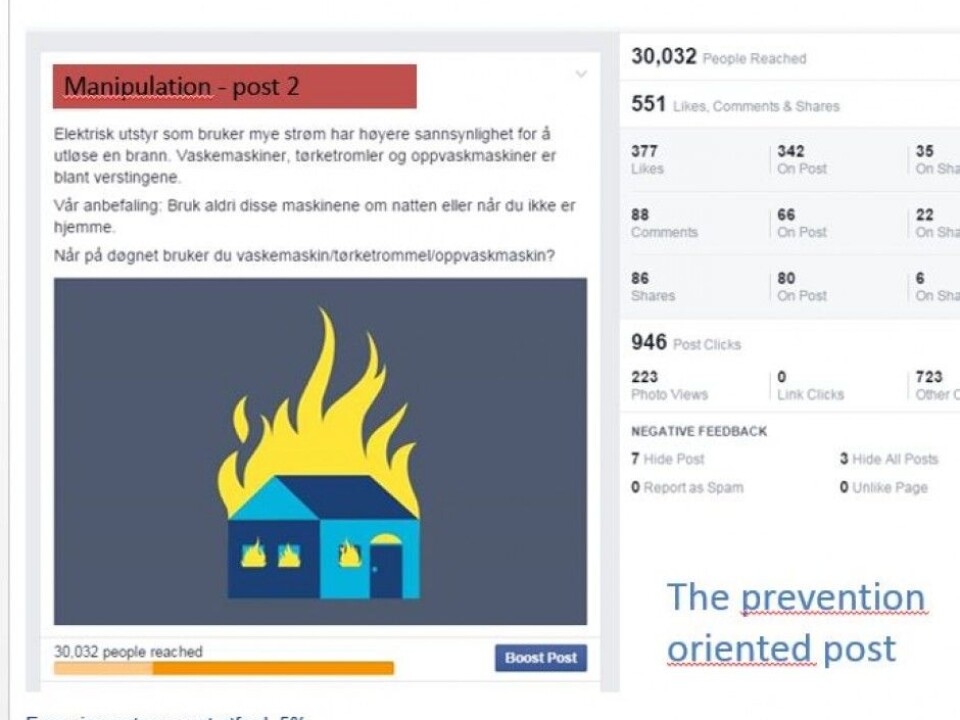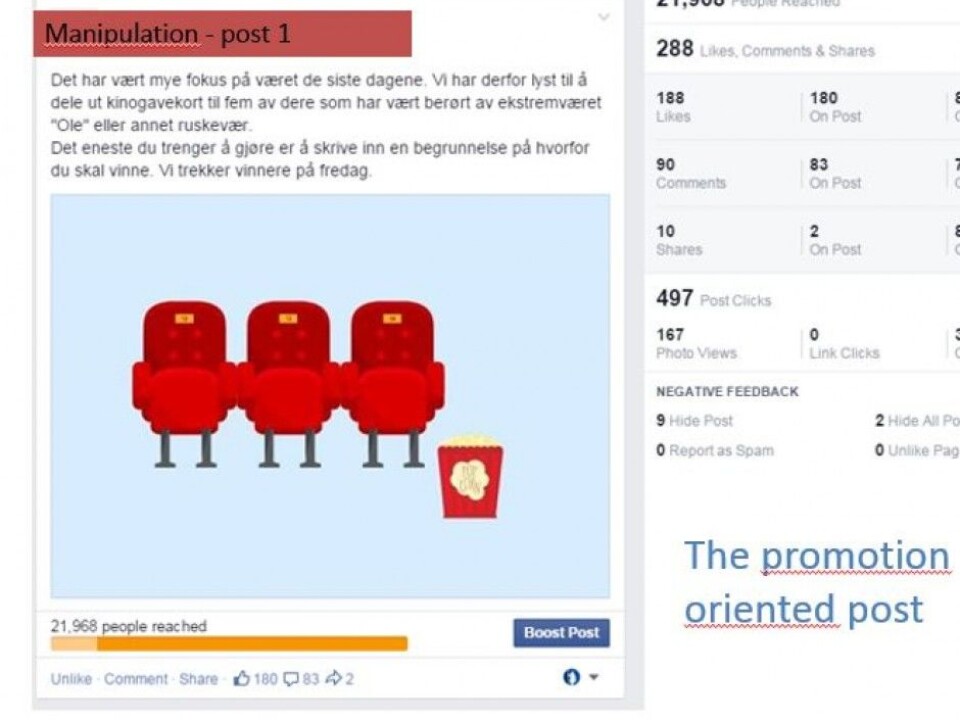
Social media savvy for the service industries
How can “boring” products generate customer engagement on social media?
Car sales, clothing stores, interior design—all of these are a perfectly easy fit for social media platforms such as Facebook and Instagram. Followers readily share the enticing and colourful product photos with thousands of others and give these companies plenty of free advertising.
Effective use of social media is a must for businesses in today’s marketplace, and social media advertising is inexpensive and effective compared to other advertising.
But how can the less flashy service industries, such as banks and insurance companies, create an active following on their web pages?
Bringing out the “warm and fuzzy” aspects
The financial sector and telecommunications industry deliver services that are necessary, but abstract and not engaging in themselves. These companies—like their flashier counterparts— would also like to build their brand, but face greater challenges in terms of how to encourage and stimulate customers’ increased involvement in social media.

So what should service industries post to social media to engage the public? This is what Assistant Professor Birgit Alexandrine Apenes Solem has been researching for her doctorate at the Norwegian School of Economics (NHH) and the Center for Service Innovation (CSI).
In cooperation with the Norwegian insurance company Gjensidige, Solem conducted experiments among its followers on Facebook. Gjensidige was interested to learn what creates warm feelings and good thoughts about the brand with customers and others who follow them on social media.
Entice or inform?
The insurance firm has well over 50,000 followers and aims to use social media to communicate and to serve its customers.
On one day in February, Gjensidige made two concurrent posts on Facebook, each with a distinct message.

One post urged people to use electrical appliances properly to prevent fires in the home.
The second post was promotional, and asked customers who were affected by the extreme weather to answer survey questions. Respondents received free movie tickets.
The fire prevention message received the most responses, with 551 likes, comments or shares. The advertising message that enticed people with cinema tickets garnered only 288 responses, but also reached fewer recipients.
More to engagement than the number of likes
But, Solem believes, “just counting followers and likes provides an overly narrow view of what customer engagement with companies or brands is all about”.

Her study confirms that some customers are eager by nature, and may "like" a post without necessarily relating it to a particular activity.
“An advertising message that contains a reward may arouse good feelings. Or just reading a preventive message may awaken our common sense, even without us doing anything concrete afterward,” says Solem.
The art of engagement is complex. A lot of what comes across in a post is stored in the subconscious, and contributes to giving the reader an idea of what the company stands for.
Everyone wins
The study’s findings suggest that financial firms can profit from using prevention-oriented activities in social media. This provides positive engagement among different customer types, and in the best case can win new customers for the firm.
Previous studies show that customer relevance is key, or customers quickly perceive brand messages as annoying and ignore them.
“Engagement has to focus on the right message for different customer groups. Numbers of followers aren’t everything, but they’re a good starting point for creating engagement,” says Solem.
Prevention not only lessens the insurance company’s expenses, but customers also appreciate tips that help them avoid needing to fill out a claim form.
Different strokes for different folks
The purpose of the study was to find out what activities and messages captured people’s attention, and the types of customers who responded most to the different posts. Depending on the customer strategy that a business chooses, its communication approach can affect our emotions, our reason or our behaviour.
The research findings challenge earlier ideas about what works, and Solem believes that they provide valuable insight for marketing managers in service firms.
In all, 429 people answered the questionnaire that was posted on Facebook. Based on what participants said, they were divided into two groups: eager customers, and alert but passive customers.
Some of Solem’s hypotheses, based on previous research, were confirmed, including:
- The keener a customer or follower is, the more a post with a promotional message and built-in reward creates emotional involvement.
- The more gentle, passive and vigilant a customer is, the greater impact an informative message has on the customer's rational engagement.
The company can also tempt customers with new services it has developed but not yet launched. An earlier NHH study shows that we are tempted more by soon-to-be-launched products.
Untapped potential
Social media is a unique opportunity for businesses to become more customer oriented and to create a platform that increases customer engagement.
Social media are particularly relevant for marketing managers in businesses that provide “boring” services,” says Solem, “because they can shift attention away from the abstract service and to prevention and relevant activities. This can build a more positive customer attitude toward the brand.”
Social media provide a unique opportunity to visualise these abstract services and make them more concrete through well-formulated images and messages, she says.
This study is one of four articles that make up Solem’s doctorate. The article is now under review in the Journal of Marketing Management.
-------------------------------------
Read the Norwegian version of this article at forskning.no



































